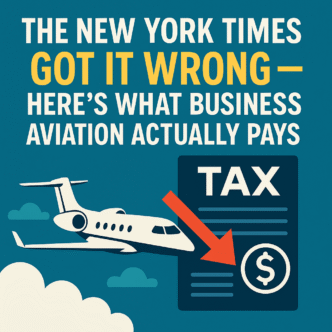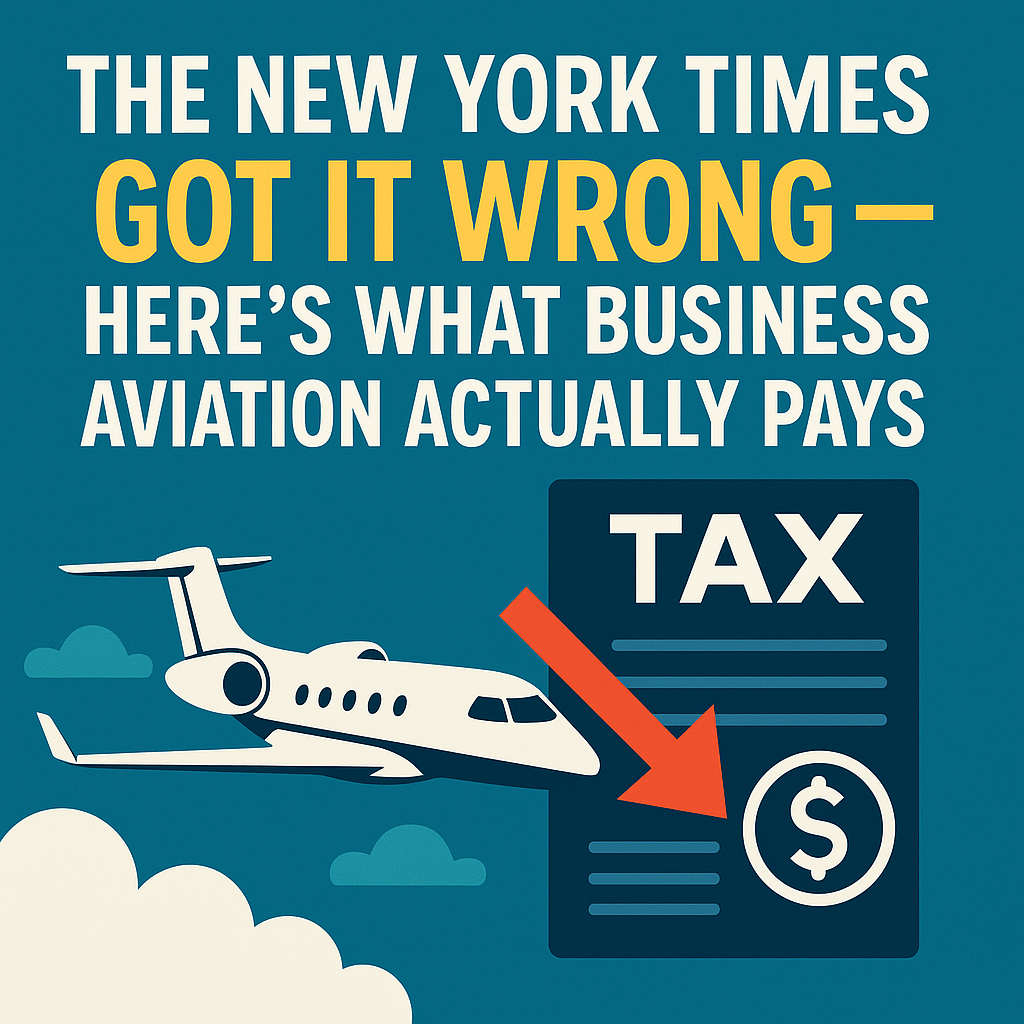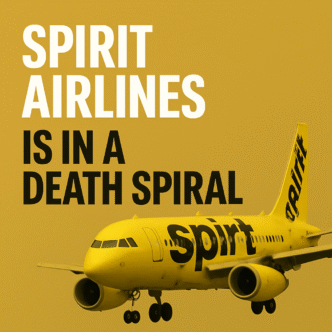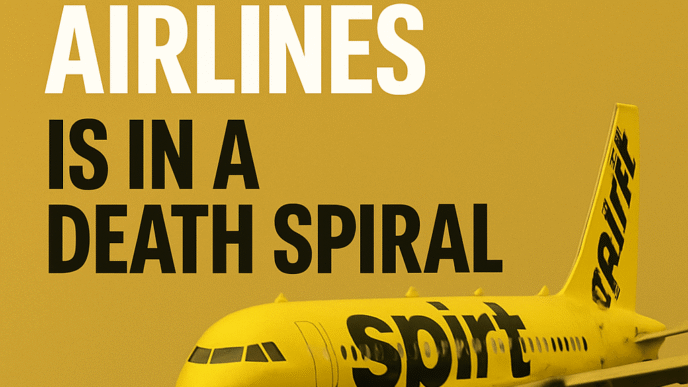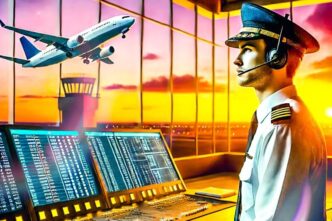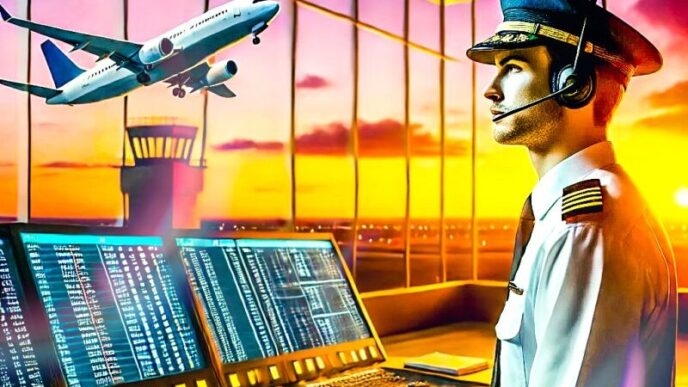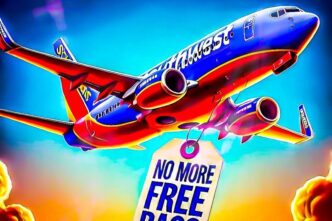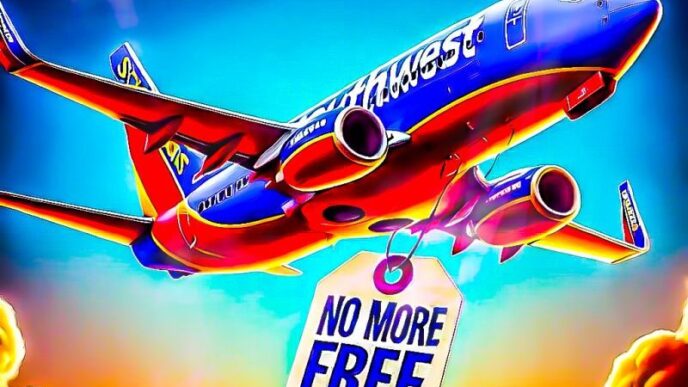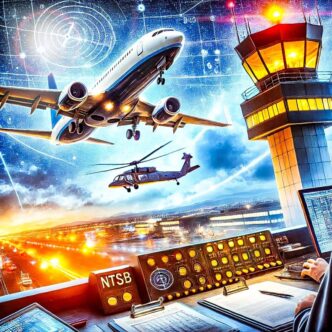Setting the record straight on who really funds our national airspace system! This week, the New York Times published an editorial video titled “If You Fly Economy, You’re Paying for Someone Else to Fly Private.”
It’s a provocative headline — and one that, unfortunately, paints a misleading picture of how general aviation, including business aviation, actually funds our national airspace system.
The National Business Aviation Association (NBAA) responded swiftly, with President and CEO Ed Bolen laying out the facts in a letter to the Times. As someone who flies in this sector and sees the system from the cockpit, I think it’s worth amplifying those facts — because the public conversation on this topic matters.
Fact 1: Business Aviation Pays — and Pays Proportionately
Business aviation doesn’t “get a free ride.” We pay our share through seven different taxes and fees, most notably the straightforward pay-at-the-pump fuel tax.
This tax model works because it’s:
- Simple and transparent
- Efficient to collect
- Encourages high compliance
- Incentivizes cleaner, quieter, more fuel-efficient aircraft
Fact 2: We’re Incremental Users — Not Cost Drivers
Independent Government Accountability Office (GAO) studies have found that general aviation accounts for only about 7% of system use— what they’ve called “actually, quite small.”
The real cost drivers? The airlines’ hub-and-spoke networks, which require intense concentrations of infrastructure, air traffic controllers, and technology to move hundreds of flights through the same congested airports at peak times.
If you removed every business aviation flight from those hubs tomorrow, it wouldn’t meaningfully change their operating costs. In fact, after 9/11, when general aviation traffic was barred from Washington Reagan National (DCA), the airport’s costs didn’t appreciably change.
Fact 3: Not All Flights Cost the Same
Managing a large commercial airliner into LaGuardia or O’Hare at rush hour is not the same as guiding a light jet into a non-towered airport in rural America.
Yet the Times video treats all users as if they impose the same operational cost. As Bolen put it, that’s like telling a party of five in a restaurant that they should all split the check evenly — regardless of who ordered the steak and champagne, and who just had a salad.
Beyond the Numbers: Business Aviation’s Real Value
The video also ignores the bigger picture. Business aviation is a critical part of America’s transportation network. It:
- Connects communities that the airlines don’t serve
- Supports more than one million jobs
- Contributes $340 billion annually to the U.S. economy
In many cases, business aviation is the only efficient option for reaching certain regions, enabling companies to expand, deliver critical services, and compete globally.
Why This Matters
Public perception often shapes policy — and when the narrative is skewed, we risk creating rules that undermine an industry delivering enormous economic and societal benefits.
That’s why setting the record straight matters, not just for pilots and operators, but for every community and business that relies on this form of transportation.
💬 Your Turn
If you’re in business aviation — or benefit from it — speak up. Share the real story. Facts and perspective matter more than ever.
What’s your take on how business aviation is portrayed in the media? Have you seen the real impact it has on communities firsthand?
Want more insights on business aviation and industry trends? Subscribe to our newsletter and join the conversation in our community.
#BusinessAviation #GeneralAviation #NBAA #Aviation #AviationFacts #NewYorkTimes #AviationTax #AirspaceSystem #PilotLife #AviationCommunity #FlyPrivate #AviationIndustry #AviationEconomics #AviationPolicy #TouchAndGo #TAG #AviationTruth #FactCheck #AviationMyths #BusinessJets #GeneralAviationMatters
